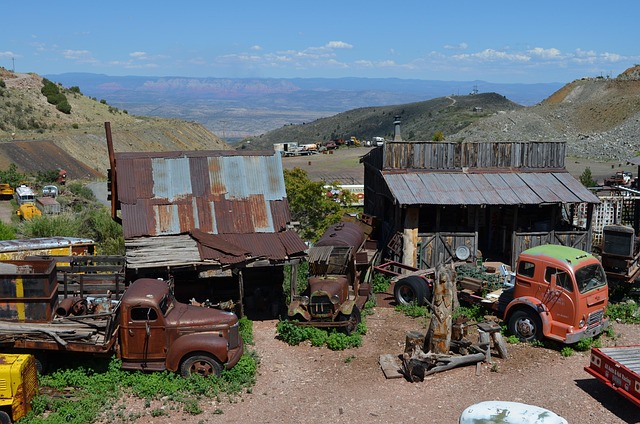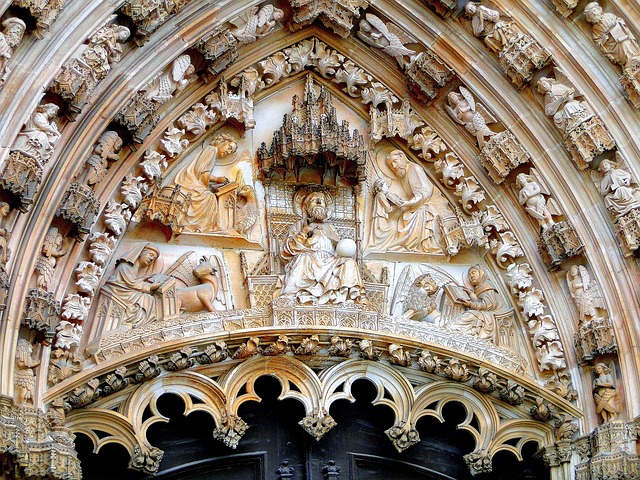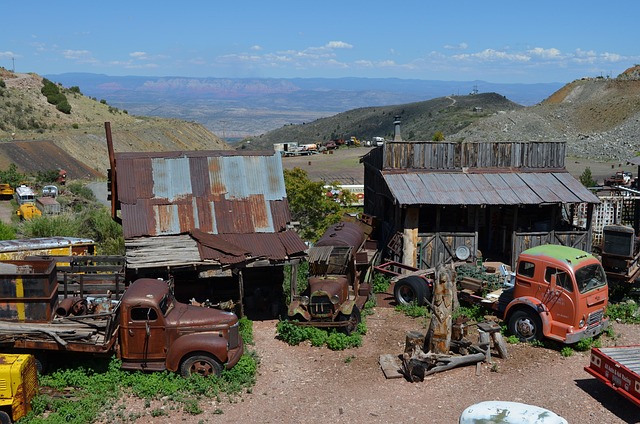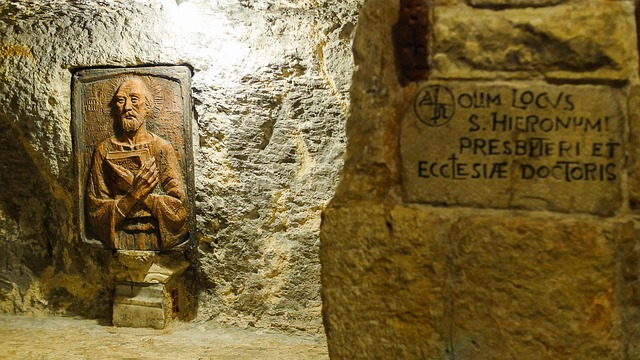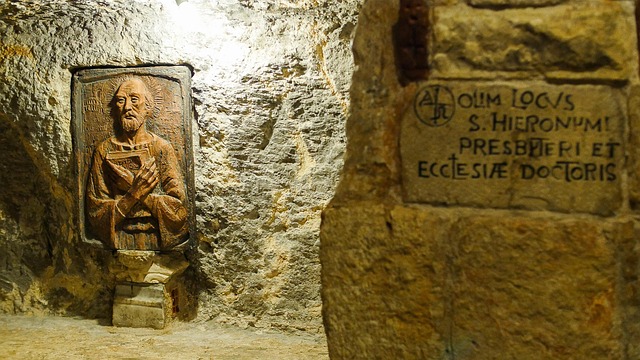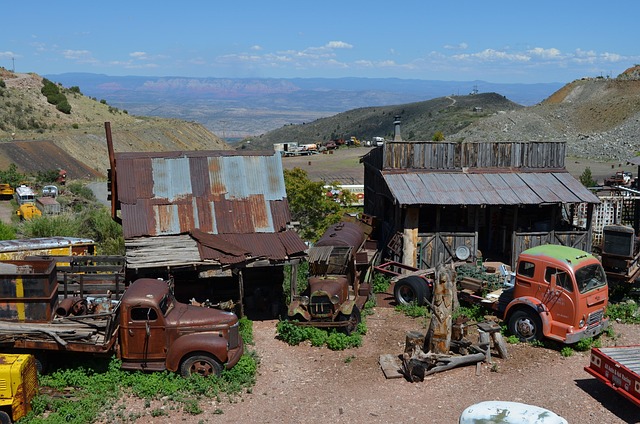Vibrant communities worldwide harbor hidden gems: former copper mines reimagined as thriving art spaces. Once bustling with miners, these sites have morphed into unique real estate opportunities that blend historical boundaries with contemporary culture. This transformation captivates locals and visitors, revitalizing local economies and enhancing the cultural fabric of these areas through artistic reuse. Careful planning, community involvement, and regulatory navigation are key to repurposing historic copper-mining sites as vibrant artistic hubs, fostering economic growth and preserving culture.
“Discover how abandoned copper mines are being transformed into thriving art havens, revitalizing historical landscapes through real estate innovation. This article explores the unique synergy between the mining past and contemporary artistic communities.
From Uncovering the Historical Copper Heritage, to The Transformative Power of Real Estate, and Revitalizing Old Sites: Challenges and Opportunities, we delve into how these former industrial sites are being reinvented as vibrant art spaces, showcasing the dynamic interplay between history and modern culture.”
Uncovering the Historical Copper Heritage
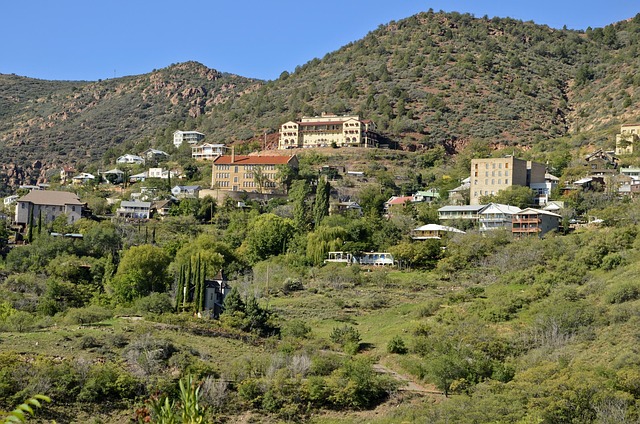
In the heart of many vibrant communities, there lies a rich historical heritage rooted in copper mining—a legacy that has transformed into an artistic haven for creative souls. This journey into the past reveals a time when copper was not just a metal but a lifeline, shaping the landscapes and lives of folks across various regions. The history of copper mining is a narrative of resilience, innovation, and the unyielding human spirit.
Unveiling these forgotten tales is akin to exploring a hidden gem in the real estate market—an artistic sanctuary nestled within historical boundaries. Old mines, once bustling with miners’ labor, now echo with creative energy as artists find inspiration in their remnants. The transformation of these sites into art spaces showcases how history and contemporary culture intertwine, creating unique destinations that draw both locals and visitors alike.
The Transformative Power of Real Estate: From Mines to Art Spaces
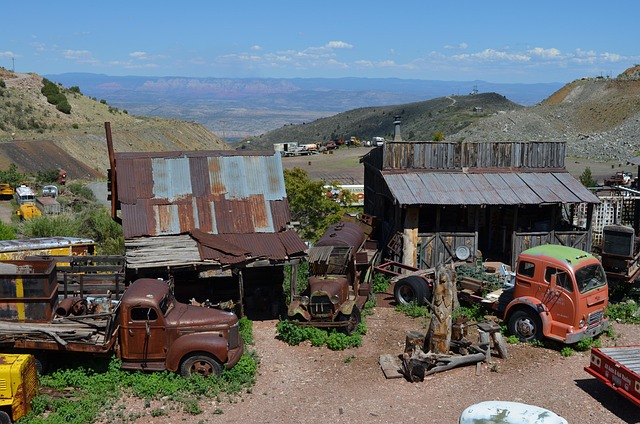
The transformation of former copper mines into thriving art spaces is a testament to the adaptive potential of real estate. These once industrial sites, carved deep into the earth and steeped in history, have been reimagined as vibrant hubs for artistic expression, showcasing the transformative power of creative reuse. The shift from mining operations to cultural centers reflects a broader trend in urban and rural landscapes where abandoned or underutilized properties find new life through art initiatives.
Real estate plays a pivotal role in fostering this metamorphosis by offering not just physical space but also a sense of place and community. Art spaces within former mines benefit from their unique character, architectural remnants, and the storytelling that comes with their history. This blend of old and new attracts artists, visitors, and residents alike, revitalizing local economies and enhancing the cultural fabric of these areas.
Revitalizing Old Sites: Challenges and Opportunities for Artistic Communities
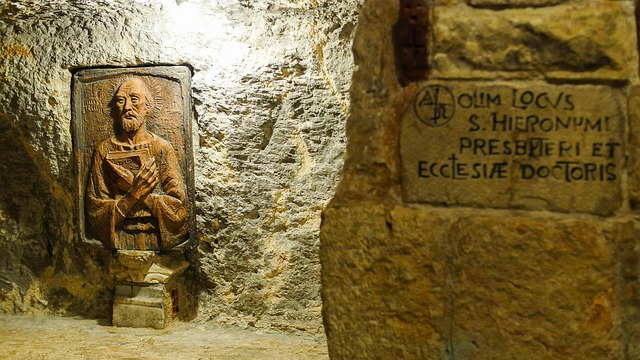
The transformation of historic copper-mining sites into artistic hubs presents a unique opportunity for revitalizing communities and creating vibrant cultural spaces. These old industrial areas, once bustling with mining activities, now offer an empty canvas for artists to breathe new life into them. The challenge lies in leveraging these sites’ historical significance while adapting them to modern artistic needs. With careful planning and community involvement, abandoned mines and related real estate can be transformed into studios, galleries, and performance spaces that attract artists and foster economic growth.
The process involves navigating regulatory hurdles, securing funding, and engaging local stakeholders. However, the rewards are immense—revitalized landscapes, cultural preservation, and the creation of diverse artistic communities. Artists can draw inspiration from the area’s rich history, incorporating elements of its past into their work while also contributing to a dynamic present and future for these once-neglected locations. This blend of old and new has the potential to make these spaces destinations for both locals and visitors alike, ensuring their longevity as centers of artistic expression.
